Dances in Guatemala: Exploring Guatemala’s National and Regional Dances Across Highlands, Lowlands, and Coasts
Introduction:
Guatemala, a nation steeped in Mayan history and cultural diversity, boasts a rich tapestry of traditional dances that reflect its indigenous roots, colonial influences, and vibrant multicultural heritage. From the iconic and symbolic Marimba music to the spirited Jarabe dance, Guatemalan national and regional dances provide a captivating glimpse into the country’s identity. This exploration aims to unravel the intricacies of Guatemala’s national and regional dances, examining their origins, characteristics, and cultural significance.
I. National Dances:
1.1 Marimba Music: Guatemala’s Sonic Emblem
Marimba music, though not a dance form in itself, holds a paramount place in Guatemala’s cultural landscape and often accompanies traditional dances. The marimba, a wooden xylophone-like instrument, produces melodies that resonate through Guatemalan highlands, lowlands, and coasts. The unique sound of the marimba serves as a sonic emblem of Guatemala, providing the musical backdrop for various traditional dances and cultural celebrations.
1.2 Jarabe: The Spirited Dance of Unity
Jarabe, sometimes referred to as “Son de la Chavalada,” is a lively and rhythmic dance that has become a symbol of unity and celebration in Guatemala. Rooted in the mestizo culture of the country, Jarabe features energetic footwork, intricate hand movements, and colorful costumes. The dance often involves multiple couples, creating a festive and communal atmosphere. Jarabe is a dynamic expression of Guatemalan identity, blending indigenous, Spanish, and African influences.
II. Regional Dances:
2.1 Baile de la Conquista: The Dance of Conquest in the Highlands
Baile de la Conquista, or Dance of Conquest, is a traditional dance that reflects the historical and cultural intersections of the Guatemalan highlands. With indigenous and mestizo influences, the dance reenacts the Spanish conquest, incorporating symbolic elements such as masks and costumes that represent both indigenous and European characters. Baile de la Conquista serves as a living testament to Guatemala’s complex history and the ongoing negotiation of cultural identities.
2.2 Palo de Mayo: Caribbean Rhythms in the Lowlands
Palo de Mayo, originating in the Caribbean-influenced regions of Izabal on the Guatemalan Atlantic coast, is a vibrant and sensual dance that celebrates fertility and the arrival of May. Accompanied by lively drumming and marimba music, Palo de Mayo involves suggestive movements, elaborate costumes, and a rhythmic procession through the streets. The dance is a colorful expression of Afro-Caribbean culture, showcasing the diversity within Guatemala’s borders.
2.3 Dance of the Deer: Mayan Ritual in the Highlands
The Dance of the Deer, also known as Baile del Venado, is a traditional Mayan dance that has been preserved in the highlands of Guatemala. Rooted in indigenous spirituality, the dance involves intricate choreography where performers mimic the movements of deer, a sacred animal in Mayan cosmology. Accompanied by traditional music and adorned in elaborate costumes, the Dance of the Deer serves as a spiritual connection to Mayan traditions and the natural world.
2.4 Dance of the Moors and Christians: Colonial Legacy in the Lowlands
The Dance of the Moors and Christians, or Baile de Moros y Cristianos, is a traditional dance with colonial origins that is celebrated in various parts of Guatemala, particularly in the lowlands. The dance reenacts historical conflicts between Moors and Christians, incorporating symbolic elements such as costumes adorned with feathers and masks. Despite its colonial roots, the Dance of the Moors and Christians has become a unique expression of Guatemalan culture, blending indigenous and Spanish influences.
2.5 Rabinal Achí: Ancient Mayan Ritual in Rabinal
Rabinal Achí, originating in the town of Rabinal, is an ancient Mayan dance-drama that has been recognized as a UNESCO Masterpiece of the Oral and Intangible Heritage of Humanity. The performance recounts the story of the K’iche’ Mayan people and their historical conflicts. Rabinal Achí involves intricate choreography, symbolic masks, and traditional music, providing a unique window into Mayan cosmology and cultural narratives.
III. Characteristics of Guatemalan Dances:
3.1 Cultural Diversity: A Kaleidoscope of Influences
Guatemalan dances are characterized by a kaleidoscope of cultural influences, reflecting the country’s diverse heritage. From the indigenous spirituality of Dance of the Deer to the Afro-Caribbean rhythms of Palo de Mayo and the colonial echoes in Dance of the Moors and Christians, Guatemala’s dances embody a rich and multifaceted cultural mosaic.
3.2 Symbolic Movements: Narratives in Motion
Guatemalan dances often feature symbolic movements that convey narratives, histories, and cultural significance. The mimetic gestures in Dance of the Deer, the symbolic reenactment of historical conflicts in Dance of the Moors and Christians, and the ritualistic elements of Rabinal Achí all contribute to the dances serving as narratives in motion, preserving and transmitting cultural stories.
3.3 Traditional Attire: Embodiment of Cultural Identity
Traditional attire plays a crucial role in Guatemalan dances, serving as a visual embodiment of cultural identity and regional diversity. The vibrant costumes of Jarabe dancers, the Afro-Caribbean influences in Palo de Mayo attire, and the ceremonial garments worn in Rabinal Achí all contribute to the visual richness of each performance, reflecting the cultural nuances of different communities.
3.4 Communal Participation: Shared Celebrations
Many Guatemalan dances involve communal participation, fostering a sense of shared celebration and identity. Whether it’s the festive atmosphere of Jarabe, the rhythmic procession of Palo de Mayo, or the community engagement in Rabinal Achí, these dances strengthen the bonds within communities, making them integral to Guatemalan social and cultural life.
3.5 Ritualistic Elements: Cultural and Spiritual Connections
Several Guatemalan dances retain ritualistic elements, forging connections between performers and cultural or spiritual practices. The symbolic masks and choreography in Dance of the Deer, the Afro-Caribbean fertility rituals in Palo de Mayo, and the ancient Mayan narratives in Rabinal Achí all highlight the profound cultural and spiritual dimensions embedded in Guatemalan dance traditions.
IV. Influences and Evolution:
4.1 Indigenous Resilience: Preserving Ancestral Traditions
Guatemalan dances often find their roots in indigenous traditions, serving as a means of preserving ancestral knowledge and cultural practices. The Dance of the Deer and Rabinal Achí, deeply rooted in Mayan traditions, exemplify the resilience and continuity of indigenous heritage in the face of historical challenges.
4.2 Colonial Legacy: Adaptation and Syncretism
Dances like Dance of the Moors and Christians reflect the colonial legacy in Guatemala, showcasing how cultural traditions adapted and syncretized with influences from European colonization. Despite their colonial origins, these dances have evolved into unique expressions of Guatemalan identity, blending indigenous and Spanish elements.
4.3 Afro-Caribbean Contributions: Celebrating Diversity
Palo de Mayo stands as a vibrant testament to the contributions of Afro-Caribbean culture in Guatemala. The dance celebrates the diversity within the country’s borders, showcasing the resilience and creativity of Afro-Guatemalan communities and their unique cultural expressions.
4.4 Contemporary Expressions: Nurturing Tradition in the Modern Era
While deeply rooted in tradition, Guatemalan dances continue to evolve, adapting to contemporary contexts. Folkloric dance groups, cultural institutions, and artists contribute to the revitalization of traditional dances, ensuring their relevance and accessibility to new generations. Contemporary expressions often blend traditional elements with modern aesthetics, reflecting the dynamic nature of Guatemalan culture.
V. Conclusion:
Guatemala’s national and regional dances form a vibrant tapestry that reflects the country’s cultural richness, historical depth, and geographical diversity. From the spirited rhythms of Jarabe to the ancient narratives of Rabinal Achí and the Afro-Caribbean celebrations of Palo de Mayo, each dance encapsulates a unique facet of Guatemala’s identity.
As Guatemala continues to evolve, its dances adapt to changing times while holding steadfast to the roots embedded in centuries-old traditions. The rhythmic odyssey of Guatemala is a testament to the resilience of its indigenous, mestizo, and multicultural influences, inviting people to explore the stories, rhythms, and cultural expressions that define the nation. Through each movement, costume, and beat, Guatemala’s dances endure as living expressions of a rich and diverse cultural legacy, inviting the world to join in the celebration of its rhythmic narratives.


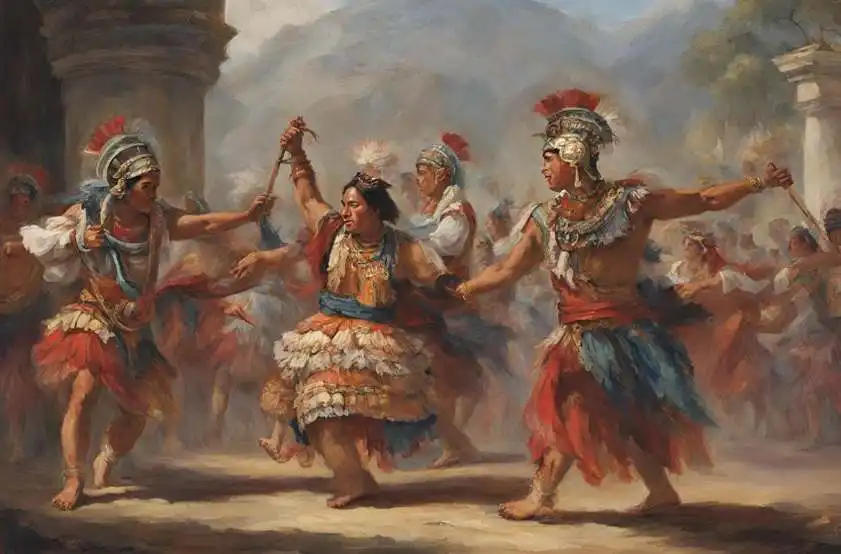
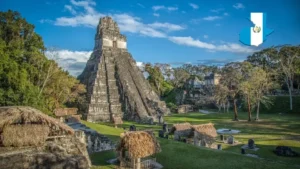
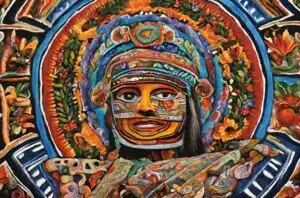
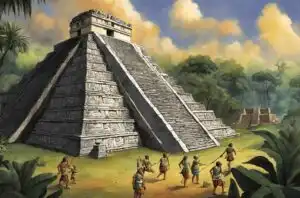
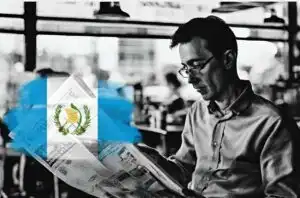
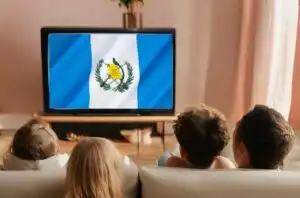
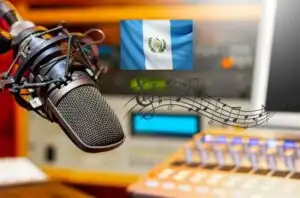
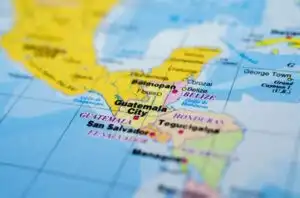
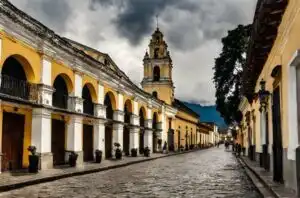
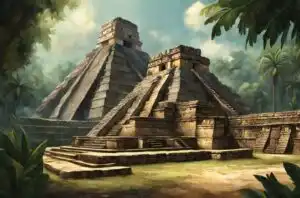
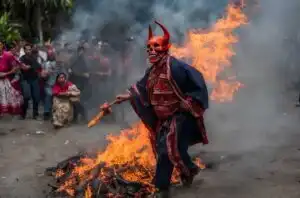
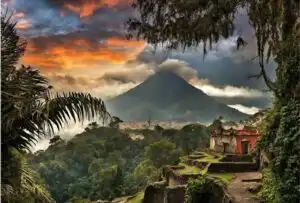
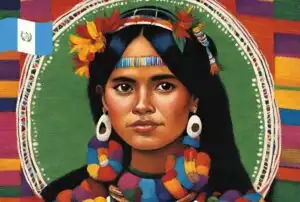
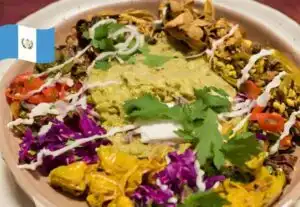
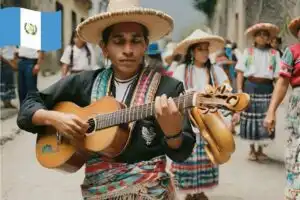
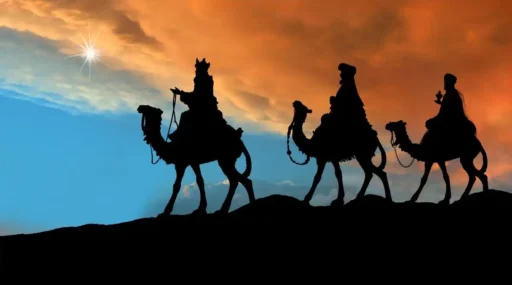
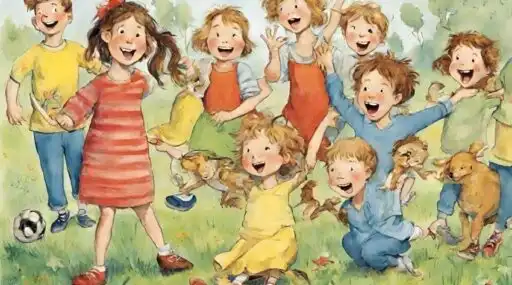
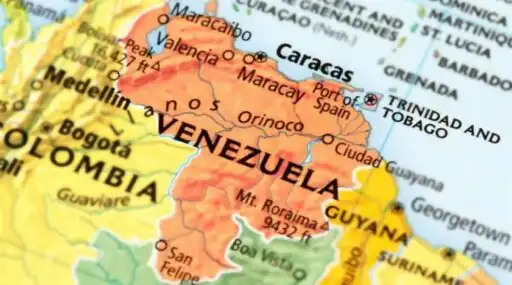
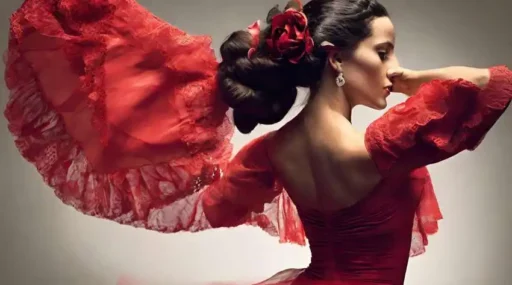


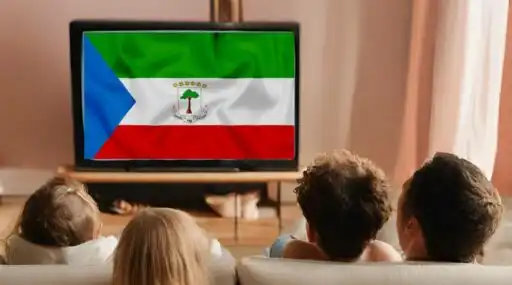
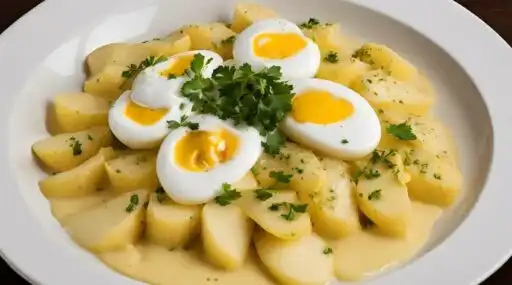
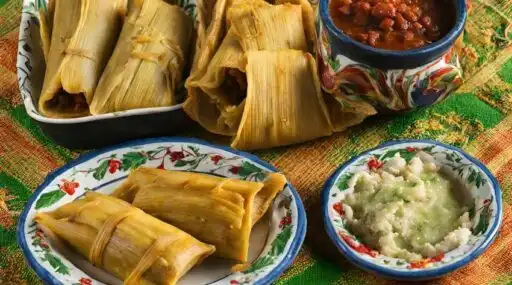
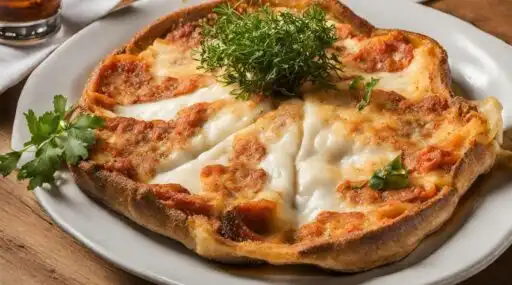
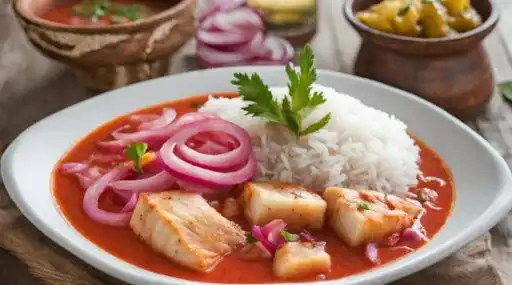
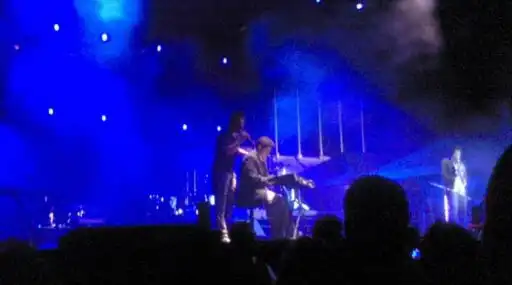
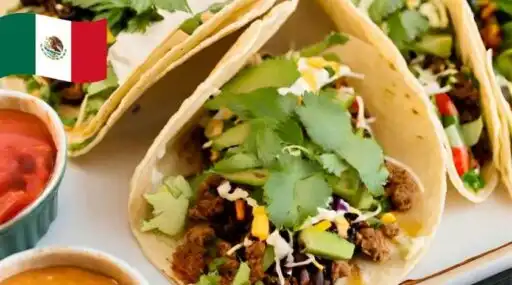
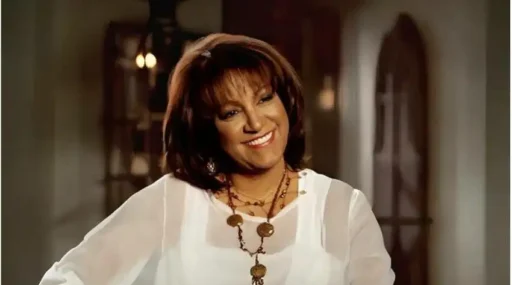
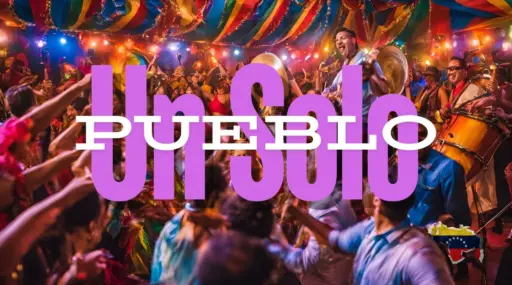
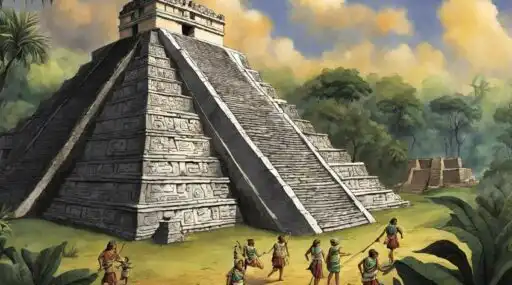
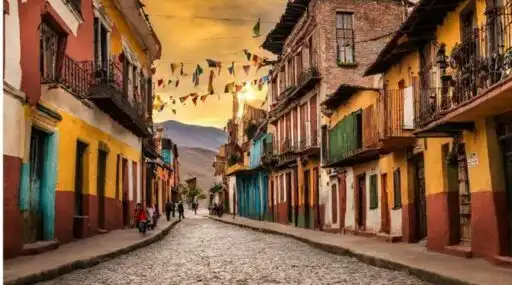
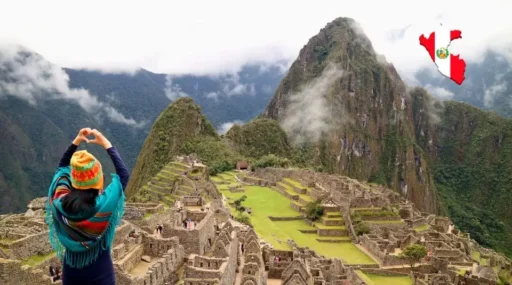
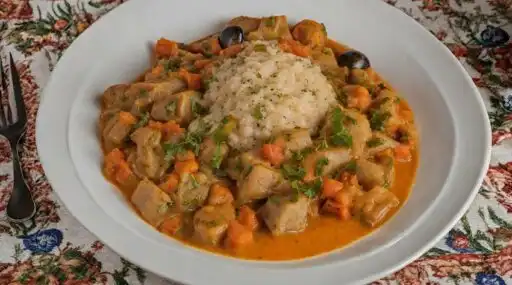
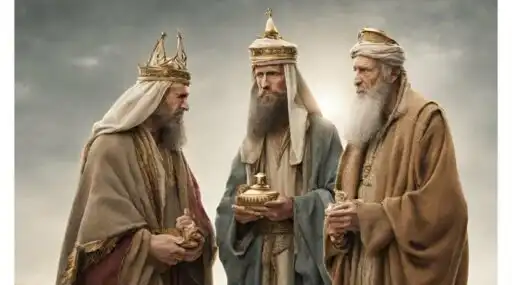
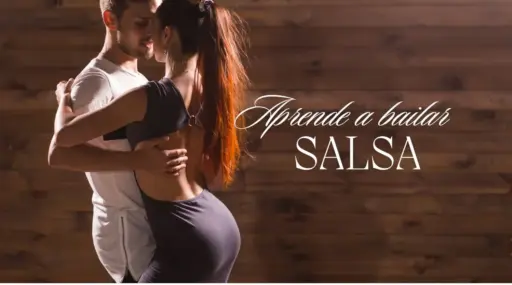
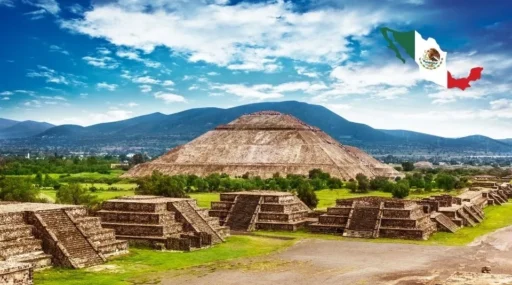
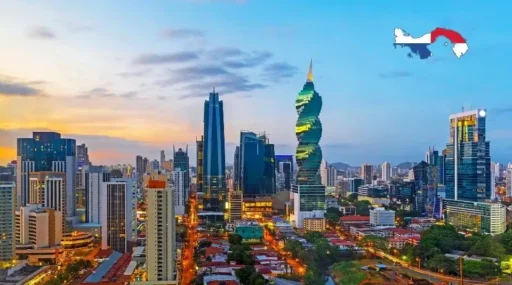
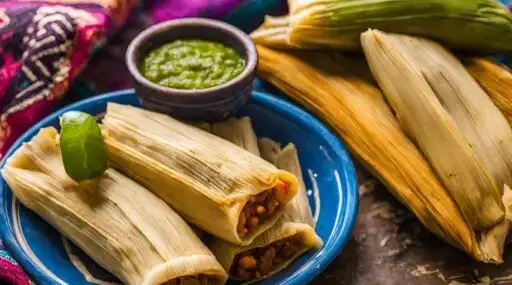

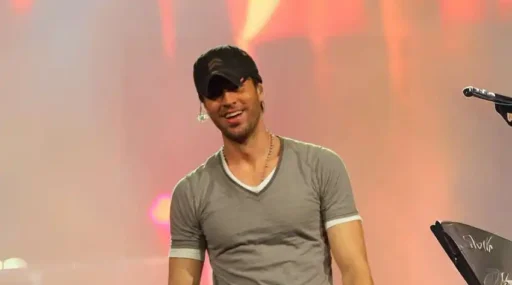
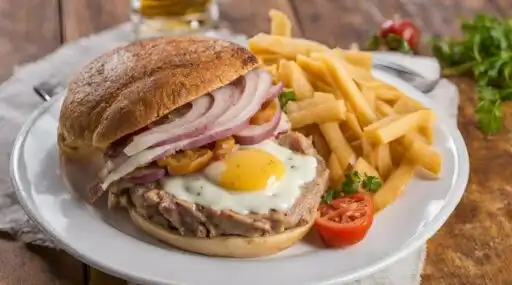

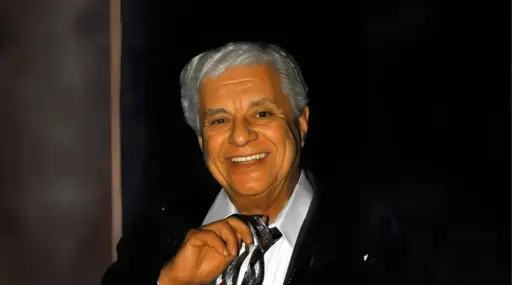
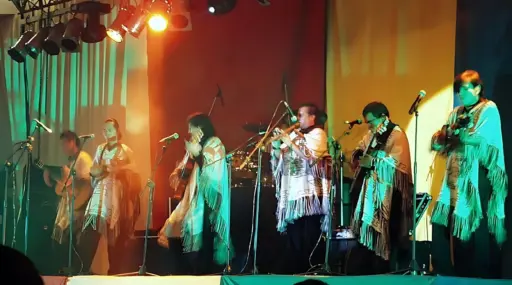
Leave a Reply